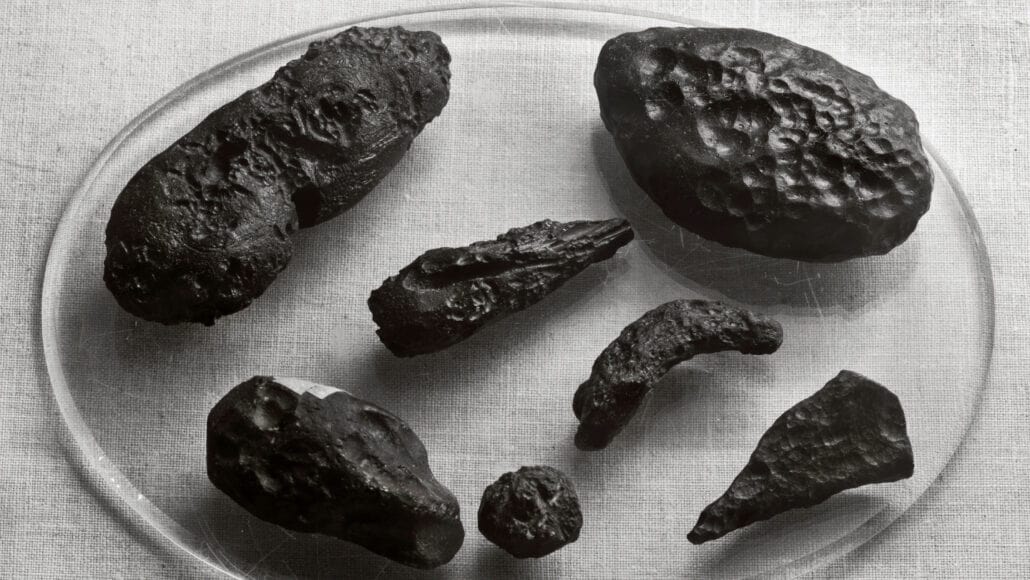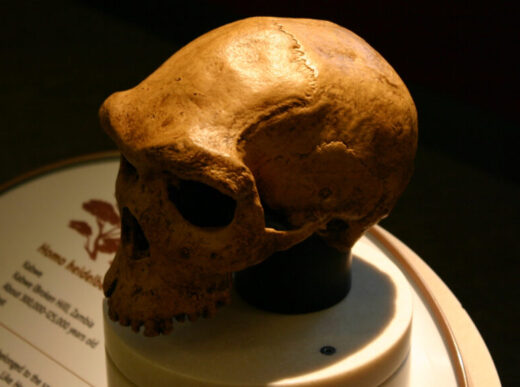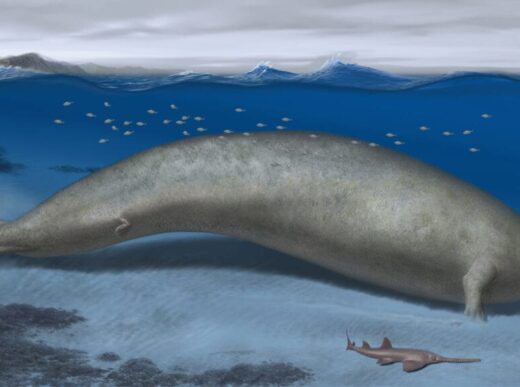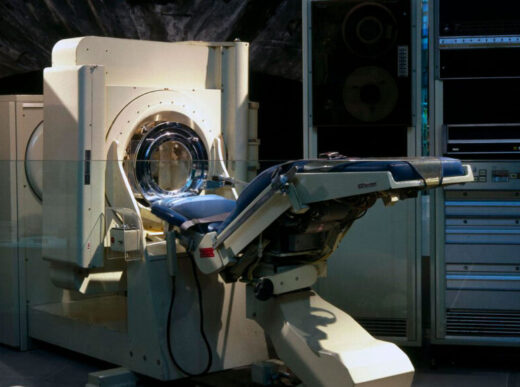Half a century ago, the scientific world encountered a puzzling mystery in the form of tektites – enigmatic glassy objects scattered across diverse regions of the globe. While their origin remained a tantalizing puzzle, recent discoveries of microtektites in the Caribbean offer promising clues to unlock the secrets behind tektite formation. Join us on a journey exploring the scientific quest to understand the genesis of these glassy artifacts and the remarkable revelations that may reshape our understanding of Earth’s tumultuous history.
Tektites: An Ancient Enigma
Enormous strewn fields of tektites have long puzzled scientists, as these glassy specimens have been discovered in widely separated regions worldwide. Despite extensive research, their origin has remained elusive, leading to various hypotheses and speculation.
The Moon Connection: Debunked Theories
Some researchers initially proposed the moon as the source of tektites, speculating that these enigmatic objects were formed when an asteroid impact on the moon splashed molten rocks high into space, eventually falling to Earth. However, mass spectrographic analysis of lunar samples contradicted this theory, revealing elemental differences between tektites and lunar crust. Instead, tektites exhibited similarities with elements found in Earth’s continental crust.
Earthly Origins: A Closer Look
The breakthrough in identifying the earthly origins of tektites came two decades after the initial discoveries. Geologist Billy P. Glass and his colleagues analyzed the North American strewn field, a vast expanse of glassy particles that covered the southeastern United States and the Caribbean, dating back approximately 35 million years. Their findings suggested terrestrial origins for tektites, but it was only in 1994 that researchers finally identified the source.
The Chesapeake Bay Impact Crater
In 1994, the revelation of an 85-kilometer-wide impact crater buried beneath Chesapeake Bay in Virginia provided a breakthrough in understanding tektite formation. This structure, one of the largest in the United States and on Earth, resulted from a space rock colliding with our planet, generating seismic waves that bent microfossils and sent liquified chunks of Earth’s crust soaring into the atmosphere.
The Telescopic Puzzle: Strewn Fields and Impact Craters
The evidence gathered from the North American, central European, and Ivory Coast strewn fields solidified the link between tektites and impact craters. These glassy particles formed when bolides impacted the Earth with enough force to propel liquified chunks of the crust into the atmosphere. Upon reentry, the particles hardened into diverse shapes, like raindrops, barbells, and ravioli.
The Australasian Mystery
While three of the four major strewn fields are now associated with impact craters, the Australasian strewn field, covering about 10% of Earth’s surface, remained an enigma. However, recent breakthroughs based on tektites found in Thailand and other geological evidence, along with computer simulations, offer promising leads. Scientists proposed a 2-kilometer-wide meteorite impact in Laos around 800,000 years ago, scattering debris across Asia, Australia, and Antarctica.
The Verdict Awaits: Drilling for Answers
To verify the hypothesis about the Australasian strewn field, scientists aim to drill through lava fields to examine rocks beneath for signs of impact-related melting and shattering. This crucial endeavor may provide definitive evidence of an impact crater buried beneath volcanic materials.
Concluding Thoughts: The Poetic Curiosities of Impact Craters
Collectors find wonder and poetry in the curiosities scattered around impact craters, while planetary scientists view them as vital pieces of evidence. By unraveling the mysteries of tektites and uncovering the tumultuous history of Earth’s past, these small artifacts have the potential to open significant windows into the geological saga of our planet.















